7 things professional organizers never do when decluttering their own homes – and what you should do instead
Tidy the right way by swerving these common mistakes
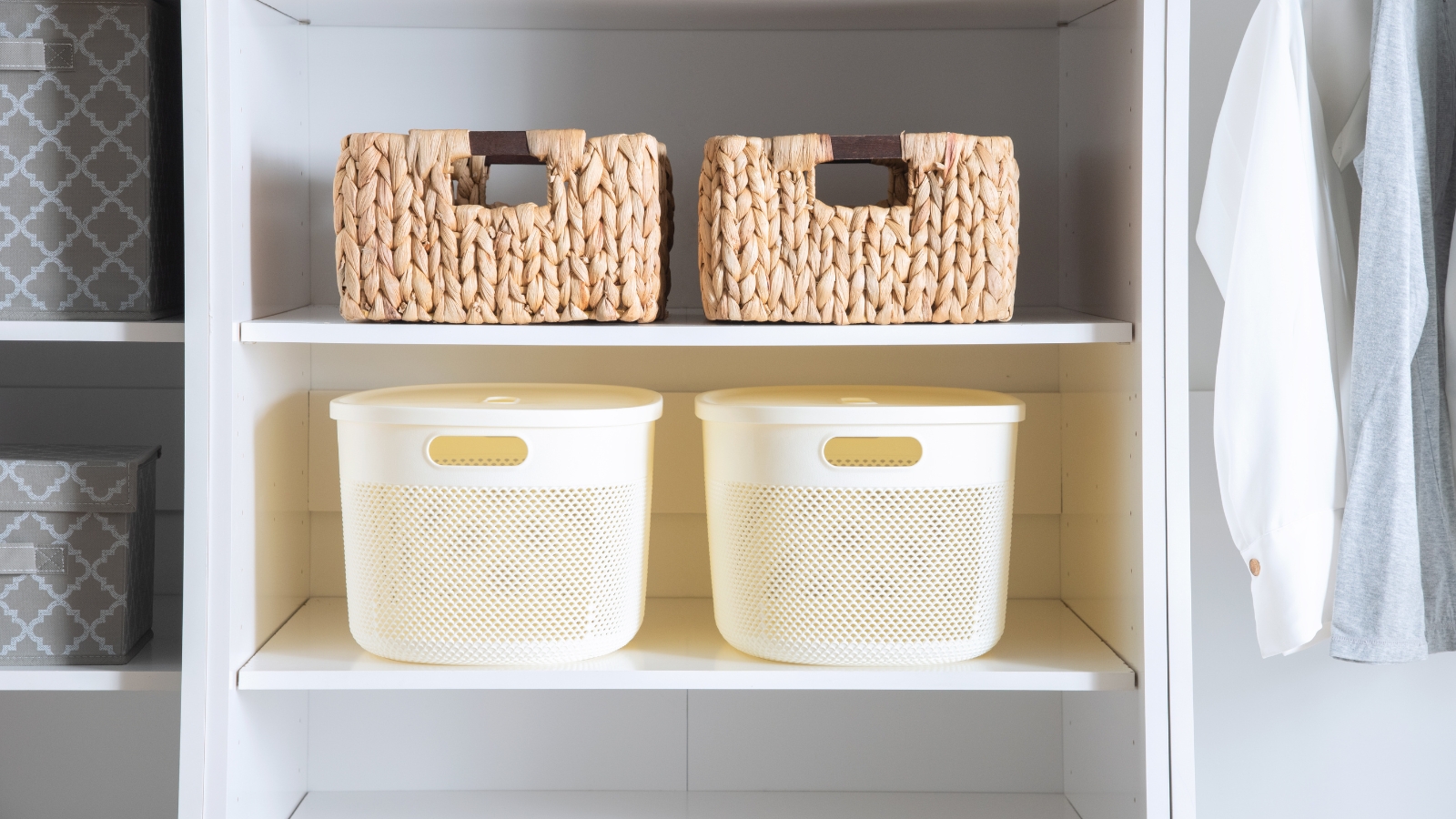
- 1. Skipping systems
- 2. Tackle sentimental items first
- 3. Keep items 'just in case'
- 4. Purge impulsively
- 5. Do trends
- 6. Leave a space messy
- 7. Get distracted
- How long should a decluttering session last?
- What's the first step in decluttering a room?
- How do I maintain an organized space after decluttering?

Professional organizers approach decluttering with precision, intention, and a clear strategy, meaning there are very particular things they never do when decluttering their own homes.
The pros know that successful decluttering isn’t just about removing excess items – it’s about creating systems that last, as well as tackling items in the best order.
Here are the common decluttering mistakes pros avoid when organizing their own spaces – and how you can put them into play in your space.
7 things pro organizers never do when decluttering their own homes
1. Starting without a system
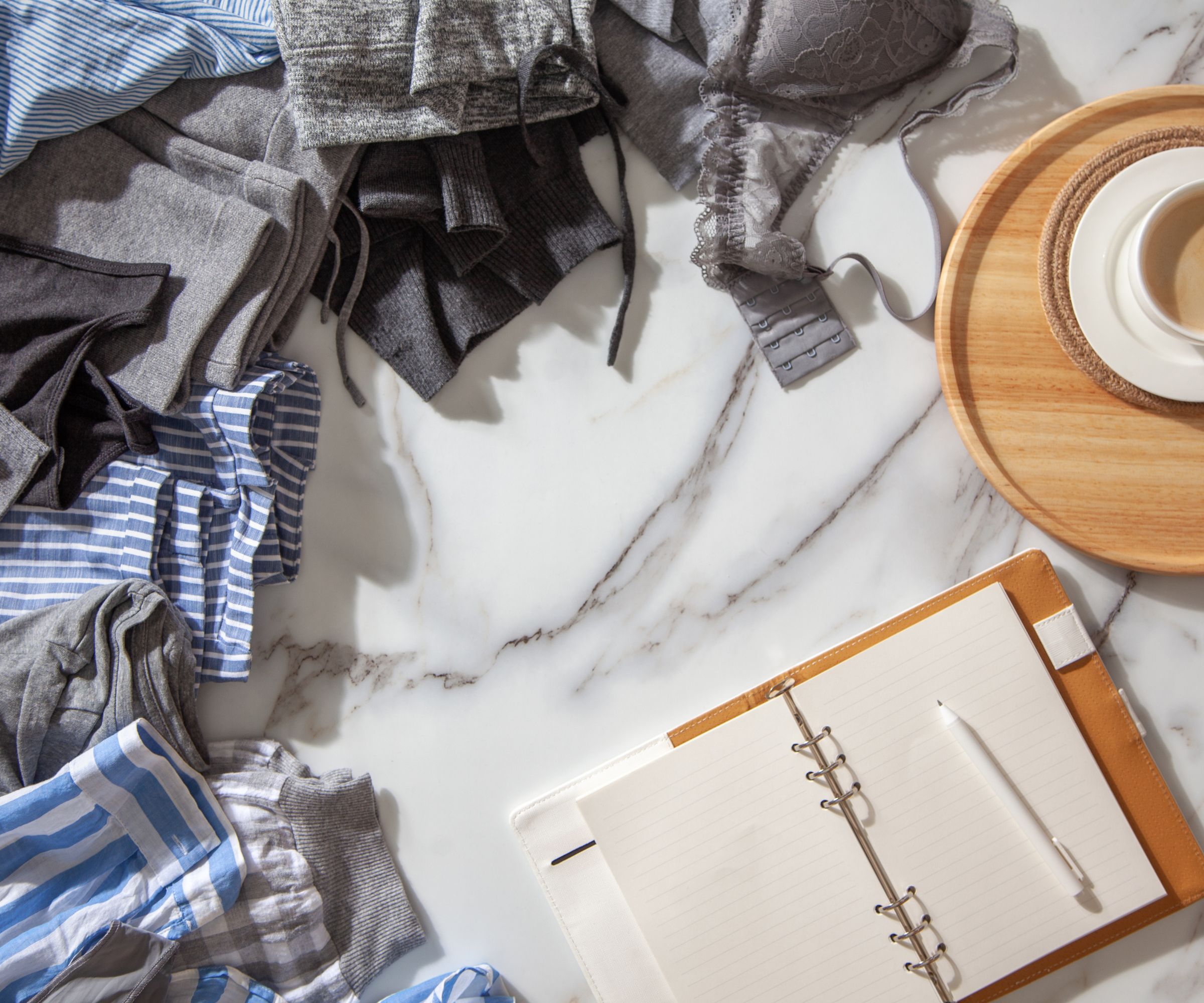
Diving into decluttering without a plan often leads to frustration and unfinished tasks. Professional organizers always outline their goals and create a step-by-step system before they begin.
Sherri Papich, CEO of Organize Your Life, says, 'Decluttering without a plan often leads to scattered efforts and frustration. Clients I've worked with who begin with a clear plan and strategy find it easier to stay focused, maintain momentum, and achieve their decluttering goals effectively. Start with a clear strategy, prioritizing spaces based on functionality or emotional weight. Begin with a small, manageable area to build momentum.'
Eryn Donaldson, founder of The Model Home, says, 'A key part of your plan should be a sorting system. Clients who skip this step often find themselves moving items around without making meaningful progress, resulting in wasted time and effort.
'Instead, opt for a simple sorting system, such as the 'Four Box Method', where items are categorized into Keep, Donate, Sell, and Trash. This method provides clarity and direction, making the decluttering process more organized and effective.'
Amy Bloomer, founder of Let Your Space Bloom, adds, 'I advise clients to keep a designated bin or basket for any items to be donated so they are centralized and easy to retrieve.'
Prices correct at time of publication.
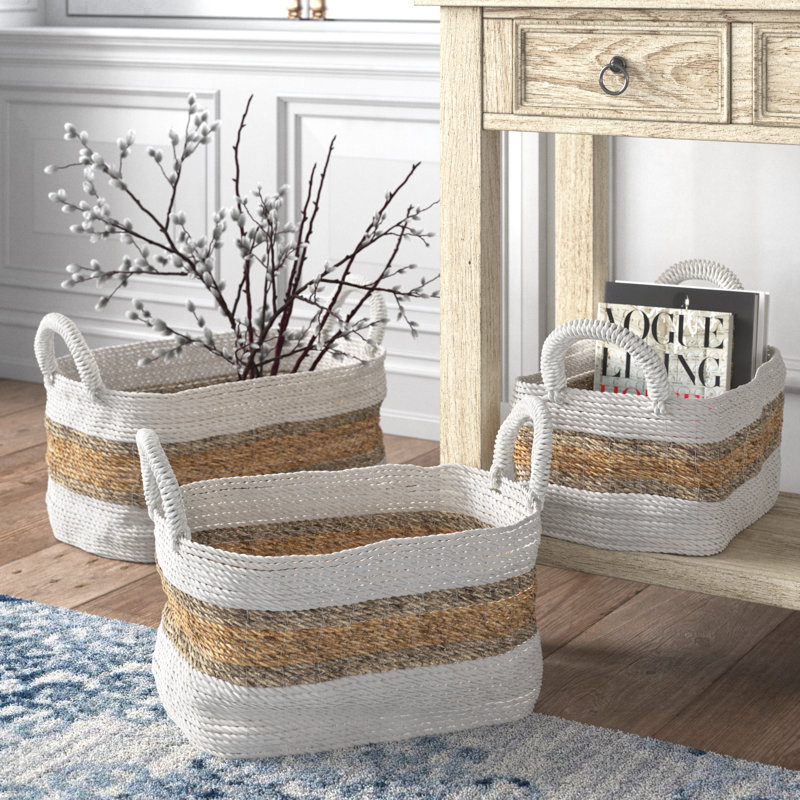
Storage baskets can be used both while decluttering, to help separate piles, and after to help organize the items you are keeping. Crafted from intricately-weaved wicker rattan, this handy storage set comes in three different sizes for easy stacking. It also looks great, with a charming, coastal-inspired design.
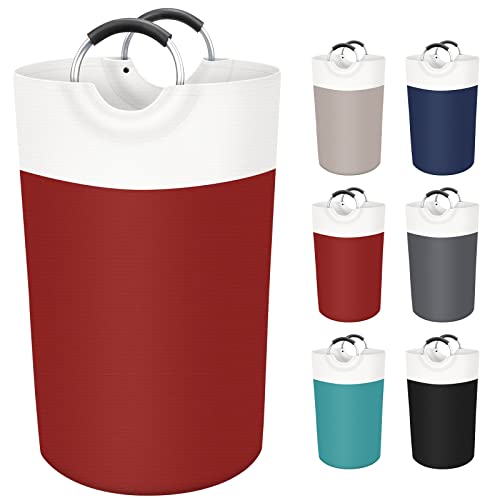
Available in three sizes and multiple colors, this handy basket makes a great, practical decluttering companion. It has a soft handle and stands up even when empty. Bloomer says, 'These bins are large but easy to carry, making them ideal for gathering items to sell or donate when decluttering at home.'
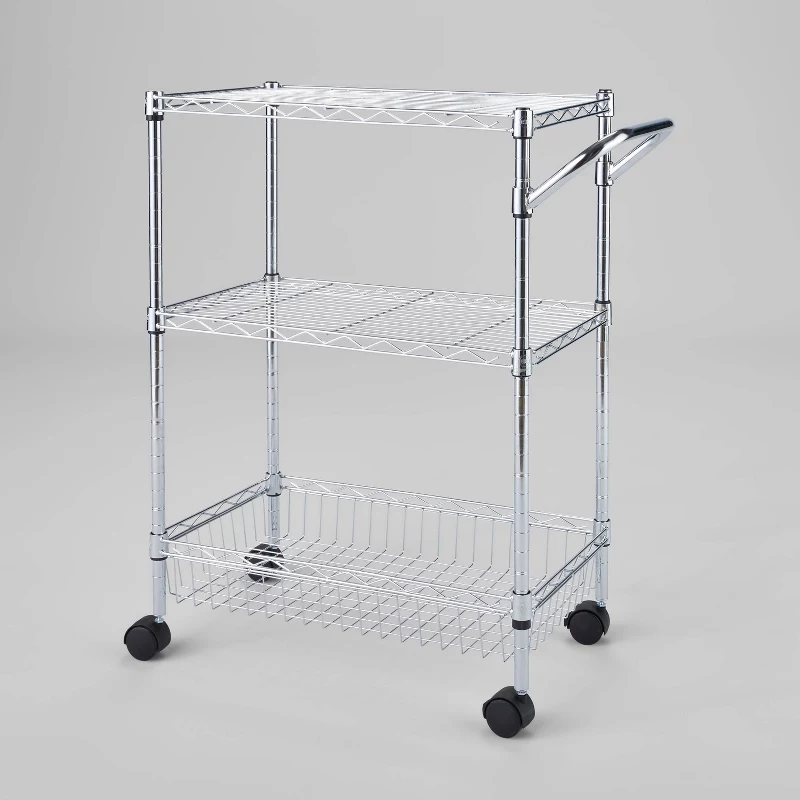 Adjustable shelves
Adjustable shelves
This durable, easy-assembly storage trolley has sturdy, steel construction, adjustable shelves, and rolls wherever you need it. Donaldson says, 'This works great as a mobile sorting station, allowing you to easily categorize items as you move through different areas of your home.'
2. Tackle sentimental items first
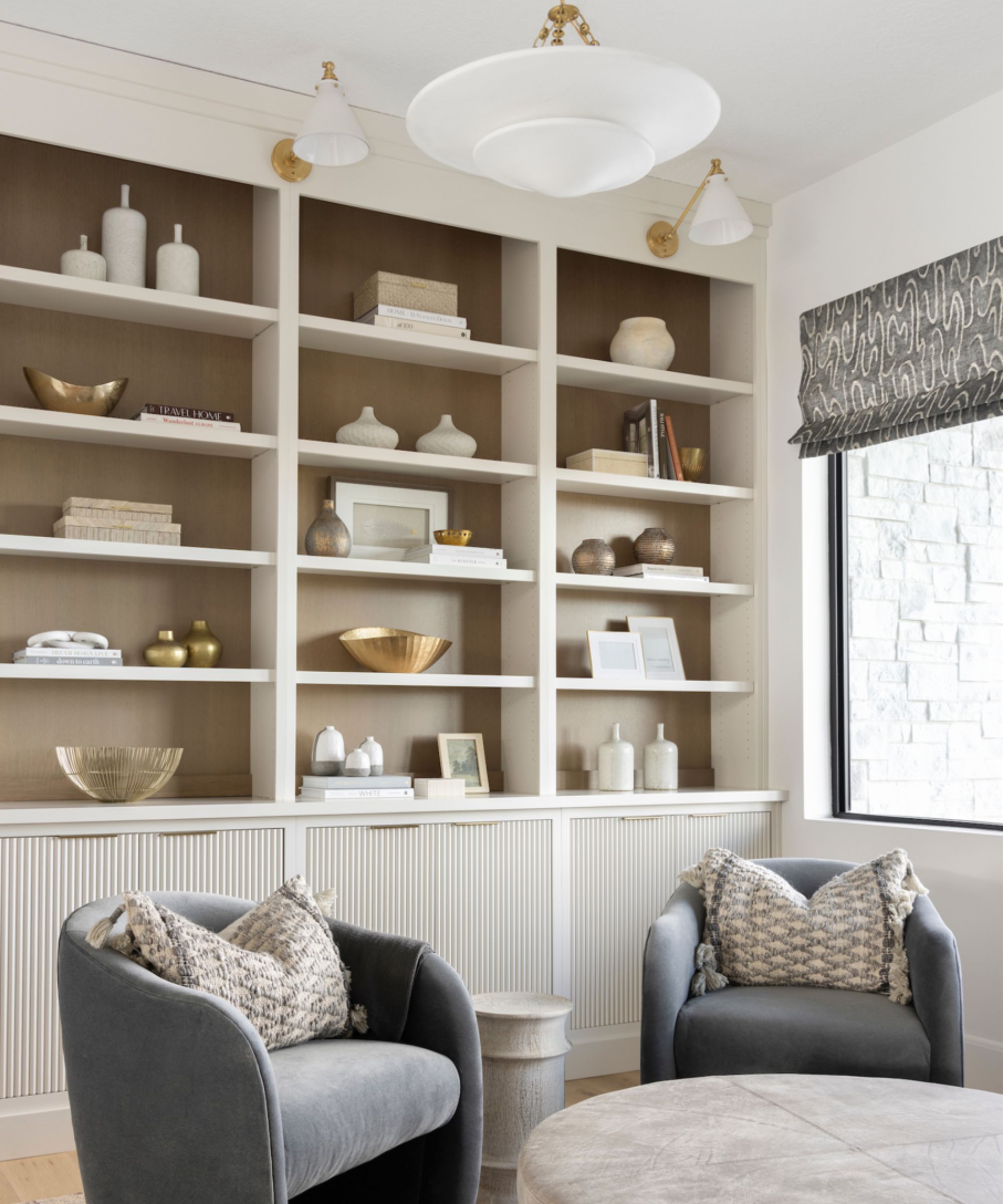
Knowing where to start when decluttering is one of the hardest elements of the process. Sentimental items in particular can easily derail the decluttering process, triggering emotional roadblocks. Pros know to leave these challenging items for later in the process.
Papich says, 'Sentimental items deserve special attention, which is why I encourage clients to save them for last, once decision-making muscles are warmed up, and without any feeling of being rushed. This approach ensures you can give these items the attention they deserve without derailing momentum.'
Try to limit yourself to a maximum of one storage box per room when decluttering sentimental items. This should help you to be selective about what you really want to hold on to.
Bloomer says, 'Whether it's photographs, letters, cards – sentimental items are usually the hardest to make decisions about because there's an emotional attachment. Save these items for last. I encourage my clients to use a decorative box to store these and keep them on a coffee table so they may be enjoyed more often.'
If you feel overwhelmed with these personal trinkets and mementos, our experts have devised a special guide detailing solely how to declutter sentimental items.

These handy clear vinyl storage bags are made of heavy-duty PVC and an extra-long nylon handle for easy carrying and reliable hanging. Buttons can keep the bag well closed, away from moisture and dust. Papich adds, 'These handy bags can help preserve sentimental items like artwork, large photos and other keepsakes in a compact, organized way.'
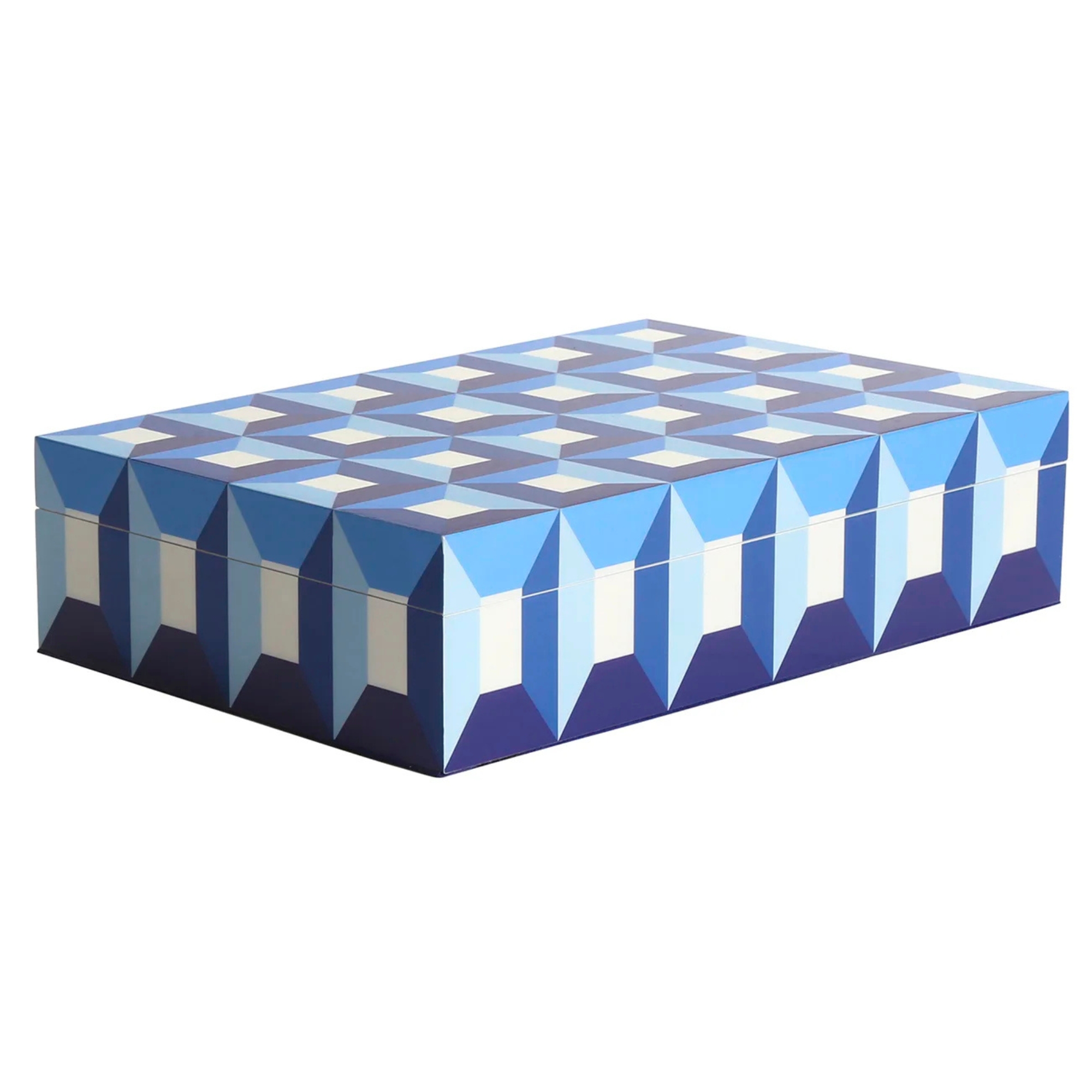
Featuring hand-finished, brilliant blue patterns in glossy lacquer, these slick storage boxes keep your possessions handy but hidden. Available in three sizes, they can make a stand-alone statement, or be stacked as a trio. Bloomer says, 'This is a great way to keep your sentimentals stored beautifully on your coffee table for regular access and that 'wow factor'.'
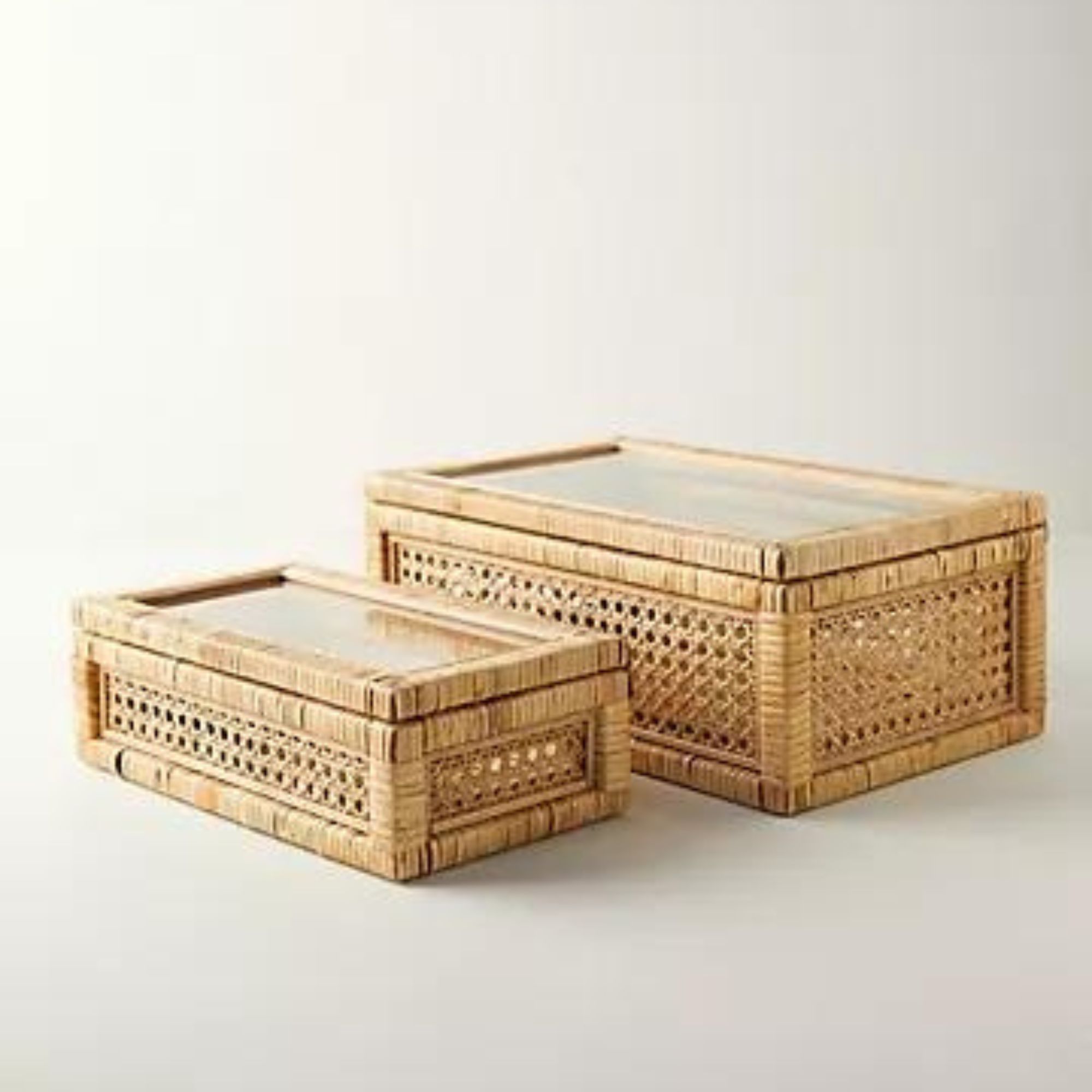
Rather than leaving sentimental items gathering dust under a bed, or scattered about the house, consider placing them in the larger of these stylish Terrain rattan boxes (dimensions 7"H, 13"W, 6"D). The glass lid allows for easy viewing of whatever trinkets and mementos are within, while protecting them from spills or dust.
3. Keep items 'just in case'
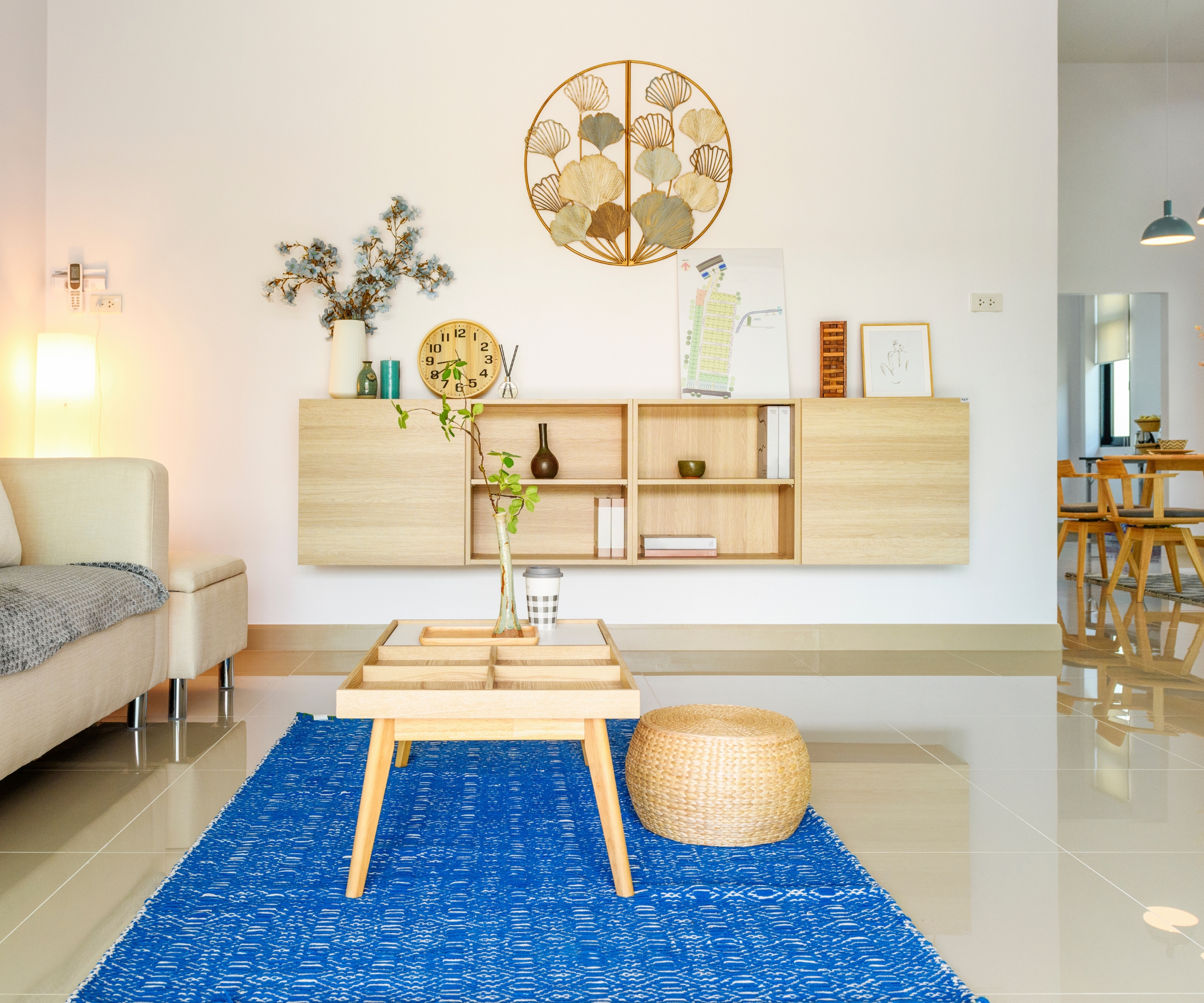
The 'just in case' mindset can clutter homes with items that rarely serve a purpose. To set yourself up for a successful decluttering session, professional organizers are firm about letting go of things you don’t actively use or need.
Donaldson says, 'Holding onto items for hypothetical future use can lead to unnecessary clutter. Clients often struggle with letting go of such items, resulting in overcrowded spaces that hinder functionality and enjoyment of their homes.
'Instead, adopt a more intentional mindset by evaluating the true necessity of each item. If an object hasn't been used in the past year, it's likely safe to let it go. This practice frees up space and reduces mental clutter, creating a more serene environment.'
Donaldson recommends this 5-Pack Jumbo Heavy Duty Vinyl Zippered Storage Bags from Walmart, adding, 'These are excellent for storing seasonal or infrequently-used items, keeping them out of sight yet accessible when needed.'
Our dedicated room-by-room guides on clearing visual clutter may help:
- Reduce visual clutter in entryways
- Reduce visual clutter in kitchens
- Reduce visual clutter in bedrooms
- Reduce visual clutter in living rooms
- Why we're stressed by the visual clutter of open storage
4. Purge impulsively
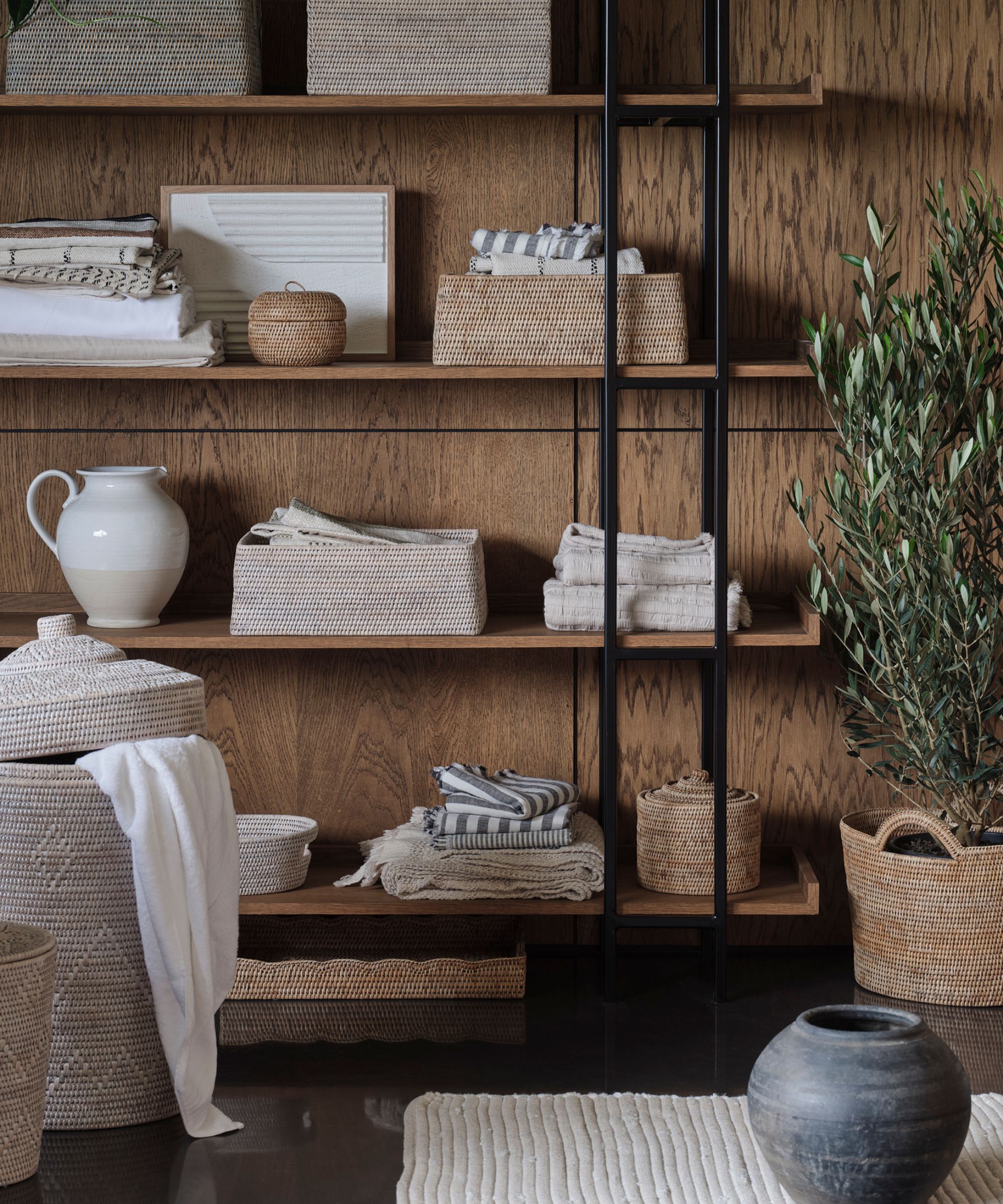
While decluttering requires letting go, professionals avoid rash decisions that can lead to decluttering regret. Instead, they carefully evaluate each item to ensure it’s the right choice to keep or discard.
Ben Soreff, professional organizer at House to Home Organizing, says, 'The most important thing not to do when decluttering a home is to throw things out for the sake of throwing things out. Often when we get overwhelmed with clutter, our first response is to get rid of all of it.
'Throwing our things out is sometimes a natural part of organizing but it is not the goal. After all, if you threw out everything you own, you would not technically be organized. Tossing without reviewing leads to decluttering regret and anxiety.
'Instead, we want to focus on the review. How expensive is it? How hard is it to get again? What is the frequency of use? Since we know the review is the most important aspect of organizing and the part most people skip, the key is time. Setting aside the appropriate amount of time to organize is very important.'
Soreff recommends this TIME TIMER Visual 60-Minute Timer from Amazon, adding, 'It allows you to very clearly see the time left, and know there's an end in sight!'
5. Jump on social media trends

Trendy organizing products and techniques might look appealing online, but they don’t always fit real-life spaces. Decluttering challenges such as the seven-day declutter challenge, or the 30-day minimalism game can be a fun way to kick-start the process, but it is not a sustainable decluttering approach for the longer term.
Pros focus on practical, lasting solutions over fleeting trends.
Jennifer Bell, founder of Bell Home Organizing, says, 'The problem with social media trends is that clients tend to go all in without considering some important factors. They see the fancy finished product on social media, and buy all the products, hoping to be able to duplicate the end result in their own home. But when a client implements a new trend for organizing or decluttering, they typically are very enthusiastic in the beginning and then slowly lose interest. Ultimately, the clutter returns.
'To avoid such pitfalls, I suggest taking time to consider your lifestyle, personality and brain type. Ask yourself if this process will work for you. Start on a small scale first, then move to larger areas of your home only if you like it and can stick with it! This way if you decide to opt out of the trend, it is not a huge inconvenience. For example, try a new trend out on a small closet, before you dismantle and rearrange your entire kitchen!'
Here are Homes & Gardens, we have tried over 50 decluttering methods and organized our Decluttering Library by time taken and personality traits to help you find the perfect and sustainable.
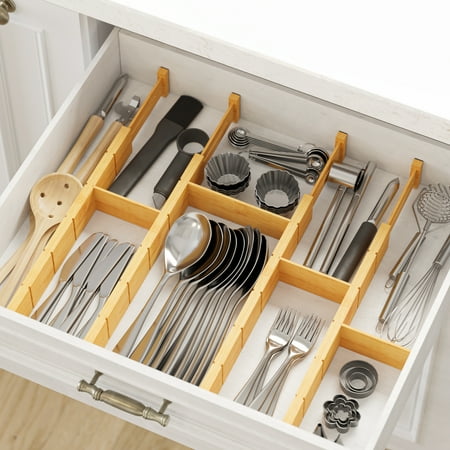
Keep clutter at bay by organizing drawers into sections after decluttering. Drawer dividers are a great way to make drawers easier to navigate so nothing gets hidden or lost at the bottom. These expandable ones will fit most standard drawers but check the minimum and maximum dimensions to make sure they work for your space.
6. Leave a space messy
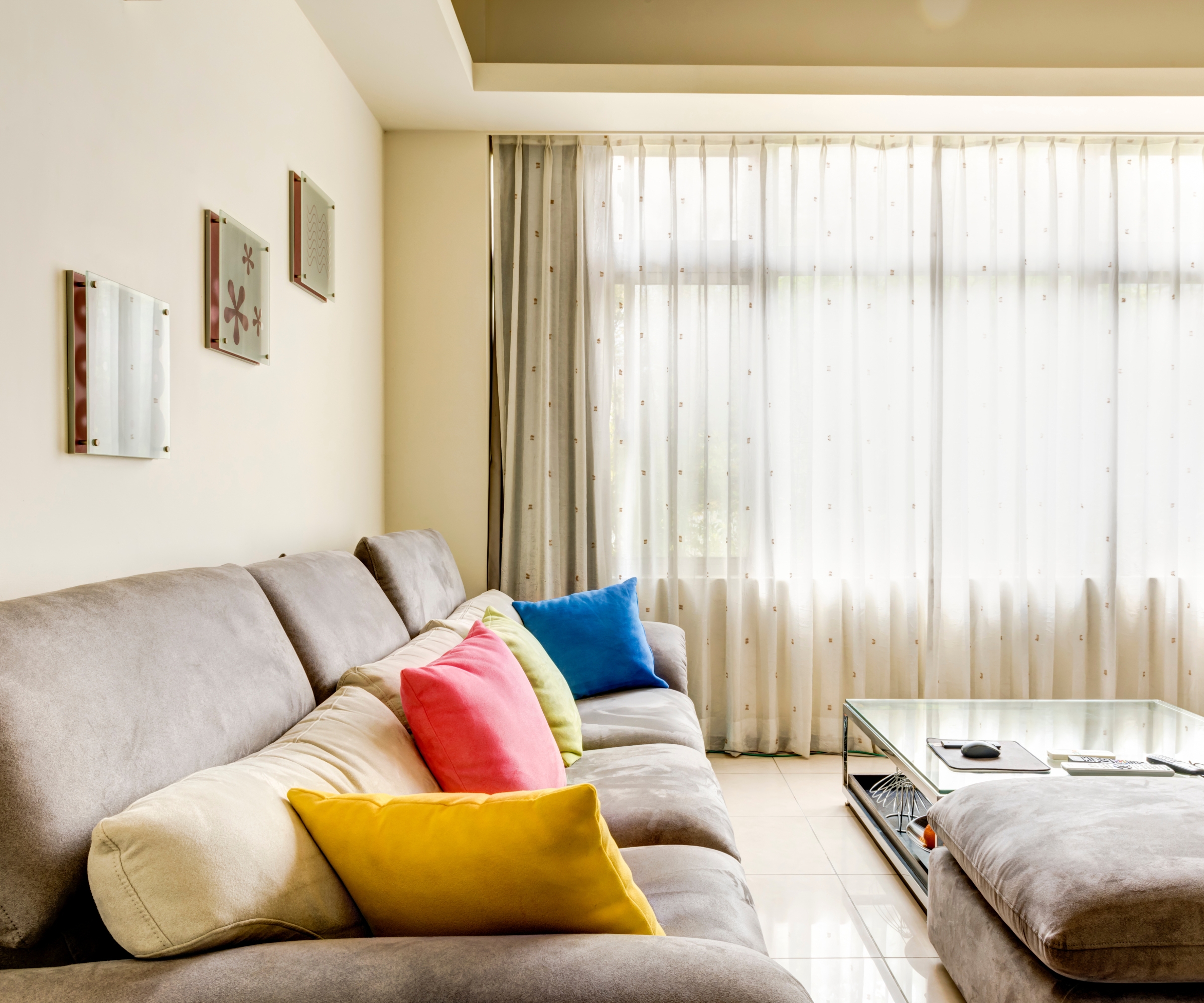
Half-finished projects can make a space feel more chaotic than before. Professional organizers always leave areas tidy, whether or not they've completely finished decluttering that space.
Francesca Verri, owner of Verri Organized, says, 'This isn't about whether the time I have allotted yields completion of the decluttering project, but more about how I close up shop after my allowed time. Decluttering can be messy. It results in piles of discarded items that could be trash, donations, something you need to return to your neighbor, or something that needs to be moved to a different part of the house.
'Personally, I never leave my space without doing what I call “clearing the decks”. This involves putting the trash in the trash, the donations in the car, moving the homeless items to their rightful place, and so on until the space is tidy. This clean slate promotes a sense of accomplishment, which keeps you motivated and makes your next decluttering session seem much more appealing.'
Renowned decluttering expert Marie Kondo has tips for people nervous about decluttering.
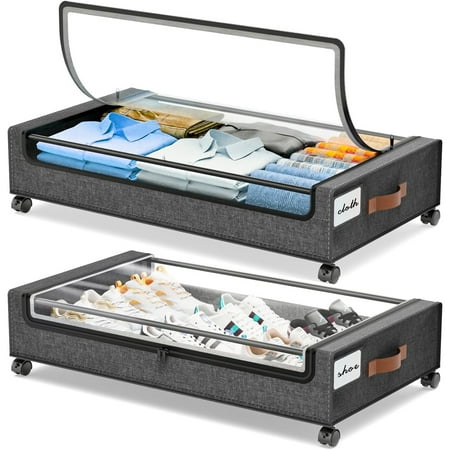
We love under-bed storage items like this one, which makes it easy to store away those out-of-season clothes you may have decided to keep, but won't need regular access to for a while. It has a clear sealing lid to help you identify what you have where, and easy pull handles and wheels for easy access.
7. Get distracted
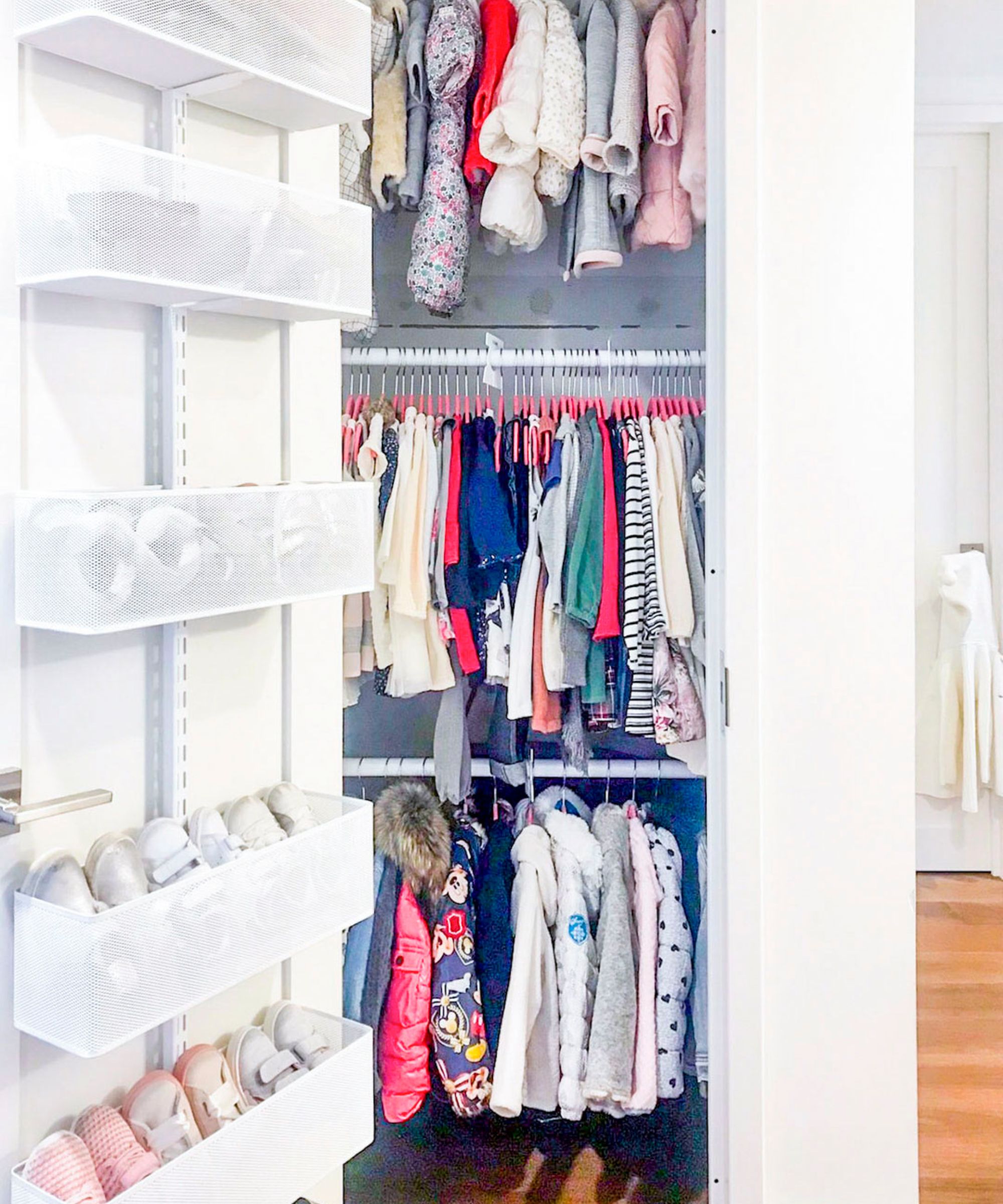
Staying focused is crucial during decluttering sessions. Professionals avoid decluttering mistakes like checking their phones or starting unrelated tasks.
Verri says, 'It can be very easy to get distracted, especially when you are doing something difficult or that is emotionally laden. There are any number of other things you would rather be doing and certainly a lot of things that can pull you from the task. The phone rings, a social media notification comes in, or any less daunting household task suddenly takes precedence. In a blink you’ve abandoned your decluttering efforts and soon declare decluttering an impossibility.
'The solution to this kind of mental and physical wandering is two-fold. First, I turn off all notification when I am doing a project in the house. This is a fool-proof way of assuring outside influences don’t get in the way. Second, I schedule small chunks of time to declutter and am specific with what I will work on. Instead of putting something general on the agenda – such as “get organized” – I schedule 30 minutes on Tuesday morning to work on decluttering kitchen cabinets.
'Scheduling allows you to see that you have time to do this work, and takes the pressure off determining what you will do in that time. When you know what to do and for how long, you are less likely to wander and more likely to stay focused.'
Check out our writer's essential steps to avoiding procrastination.
Head of Solved, Punteha van Terheyden adds, 'I have chronic pain and limited mobility and energy. This means I have to declutter, clean or tidy in bursts. I use adaptive pacing to allow for this. If you're suffering physically or emotionally, allocating a set time frame that is doable for you is more helpful than over-committing to a task you won't finish and therefore feel discouraged by.'
FAQs
How long should a decluttering session last?
A decluttering session should ideally last between 30 minutes to 2 hours. Longer sessions can lead to decision fatigue, making it harder to stay focused and effective. Taking breaks is also essential to maintain energy and motivation.
What's the first step in decluttering a room?
Start by identifying the purpose of the space and visualizing the end result. Then, clear out obvious trash and items that don’t belong in that room. Working in smaller, manageable sections can prevent decluttering overwhelm.
How do I maintain an organized space after decluttering?
Consistency is key – implement daily or weekly habits like Sunday resets, or micro resets after using a space in your home for an activity. Use clear storage systems and ensure every item has a designated home. Regular mini-decluttering sessions also prevent clutter from building up again.
So there you have it – seven things pro organizers never do when decluttering their home. Decluttering like a professional requires focus, strategy, and the discipline to avoid common pitfalls. By following these principles, you can transform your space into an organized, functional home.
Next, check out these ways to make decluttering fun and the simple Didn't Know decluttering method that strips all difficult decision making elements away.
Sign up to the Homes & Gardens newsletter
Design expertise in your inbox – from inspiring decorating ideas and beautiful celebrity homes to practical gardening advice and shopping round-ups.

With more than a decade of experience writing news, lifestyle, consumer, and human interest articles for a wide range of national and international publications, Andy is a highly-qualified journalist writing features for the national press. From front porch to backyard, attic to basement, Andy has written about every area of the home. He specialises in bringing together the best industry expertise to answer all of your most pressing home and garden questions about seasonal and everyday cleaning, decluttering, organizing and DIY.
You must confirm your public display name before commenting
Please logout and then login again, you will then be prompted to enter your display name.
-
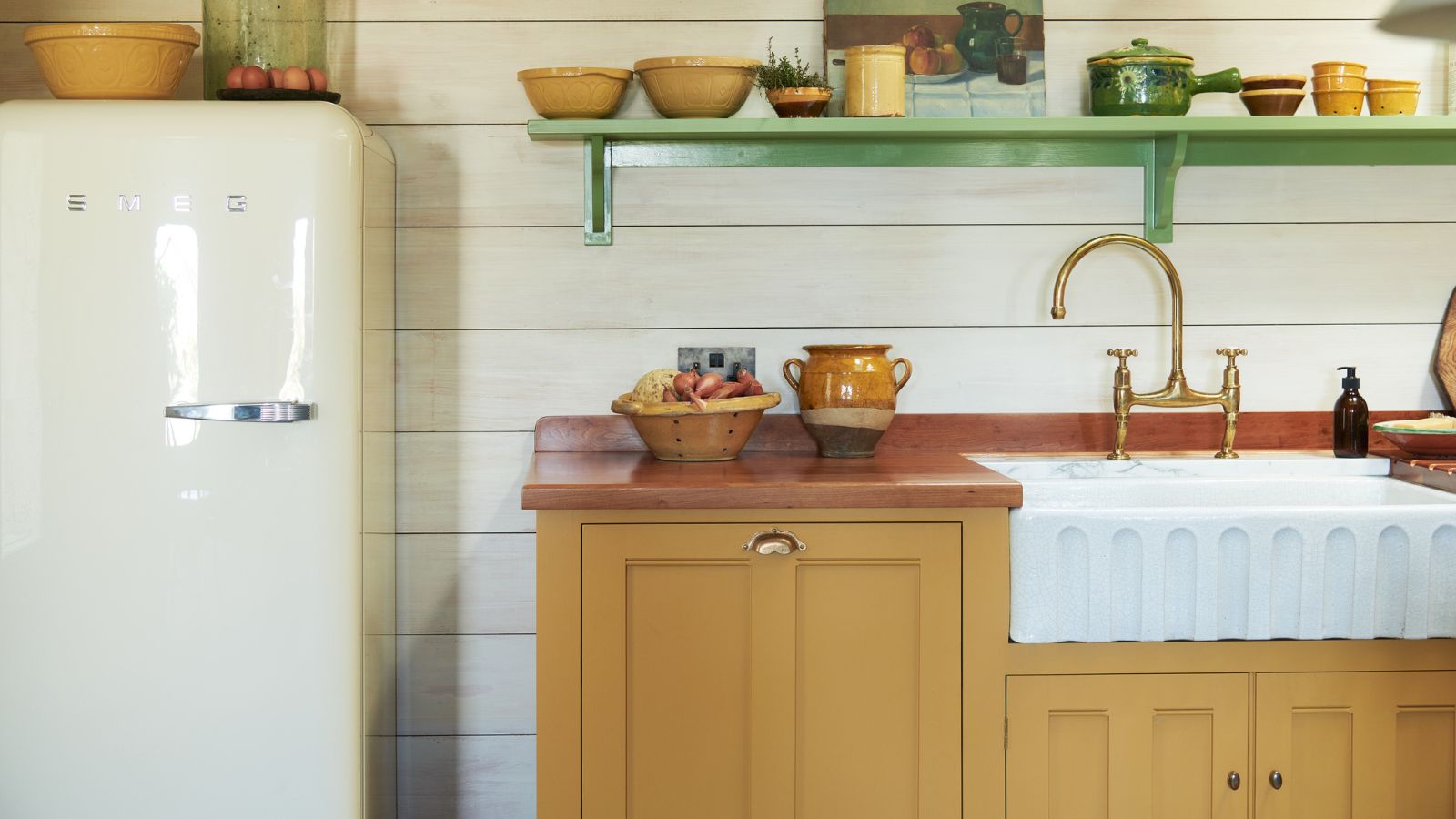 The 5 worst things you can do to your fridge – these will drive up energy costs and result in pricey and regrettable repairs
The 5 worst things you can do to your fridge – these will drive up energy costs and result in pricey and regrettable repairsIt's crucial to swerve these blunders, appliance experts warn
By Ottilie Blackhall Published
-
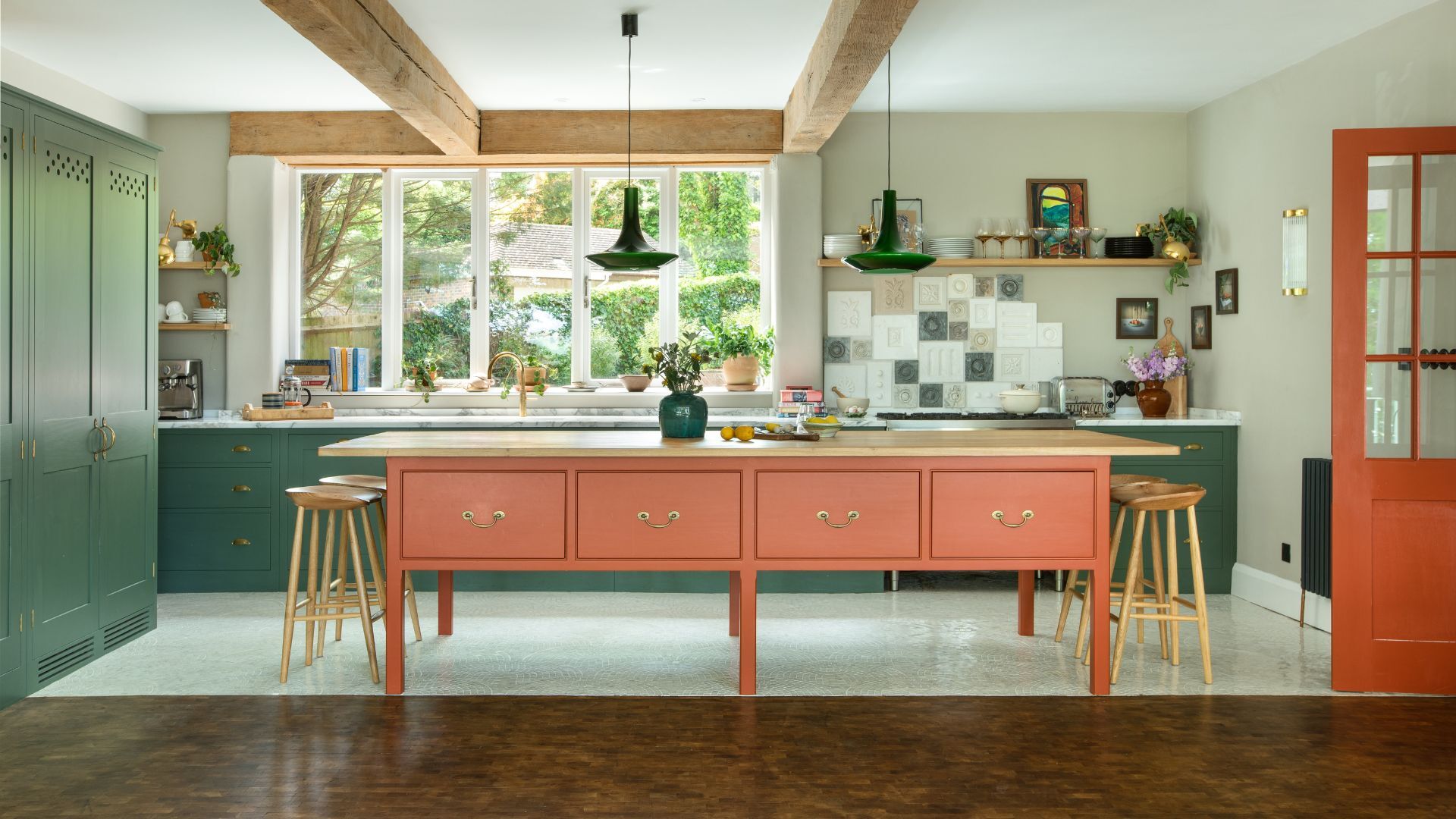 Orange and green is the bold color pairing quietly transforming homes in 2025 – here's 4 reasons why
Orange and green is the bold color pairing quietly transforming homes in 2025 – here's 4 reasons whyInterior designers are making the orange and green combination work wonders – this is how you can too
By Sophia Pouget de St Victor Published
-
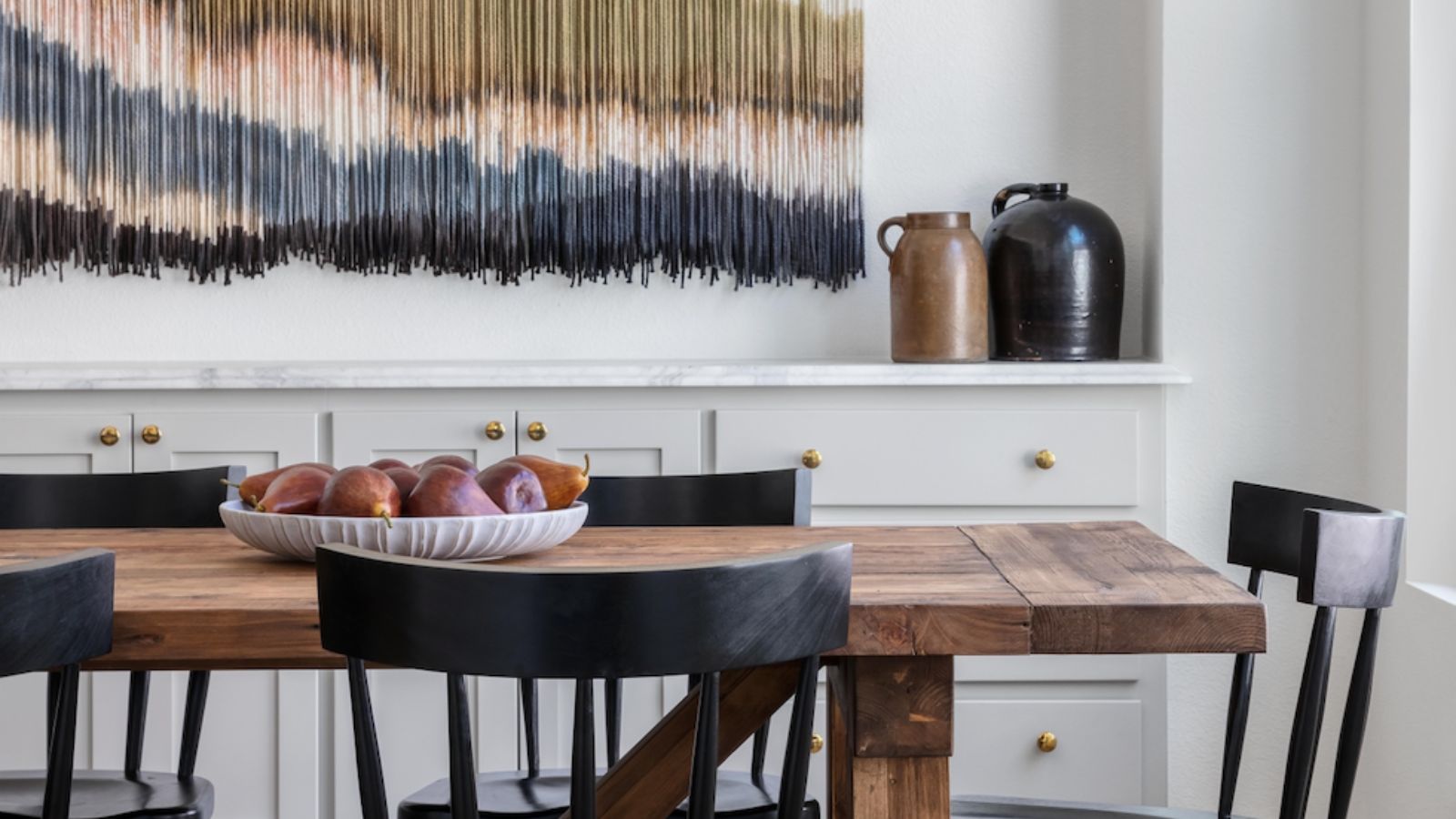 How the 'ODT' method can help you to tackle your overwhelming decluttering checklist – and streamline the process from start to finish
How the 'ODT' method can help you to tackle your overwhelming decluttering checklist – and streamline the process from start to finishAvoid 'analysis paralysis' and tick off tasks quickly and easily by making just one decision at a time
By Ottilie Blackhall Published
-
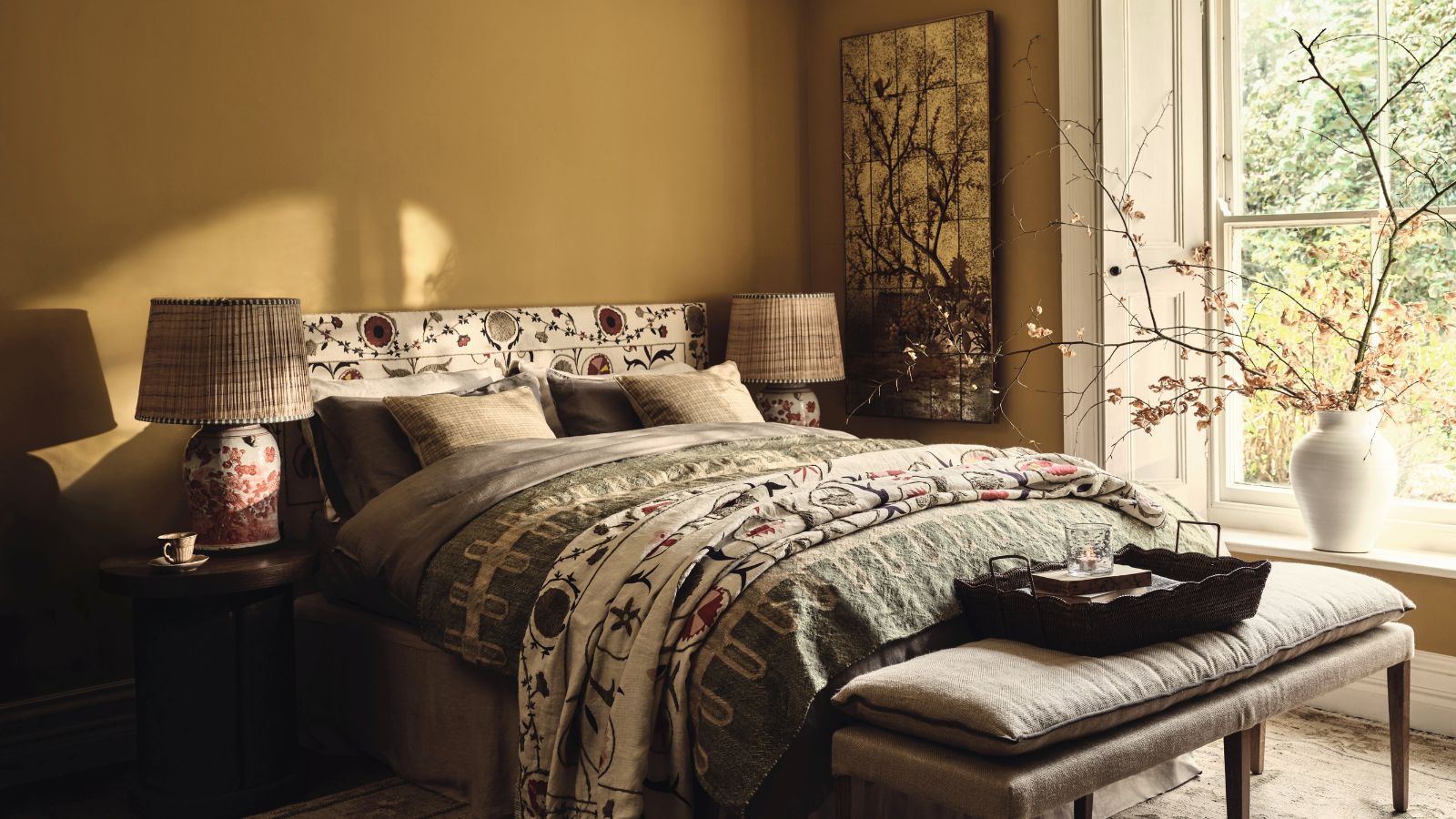 I gave the ‘try-for-five’ method a go in my small home – it's a brilliantly easy way to beat chore procrastination in seconds
I gave the ‘try-for-five’ method a go in my small home – it's a brilliantly easy way to beat chore procrastination in secondsThis method is great for those with executive dysfunction
By Chiana Dickson Published
-
 'It's a fast reset button' – using the 1, 2 ,3 ,4, 5 decluttering method cleared my persistent mess in seconds
'It's a fast reset button' – using the 1, 2 ,3 ,4, 5 decluttering method cleared my persistent mess in secondsIt's easy, effective and so quick to do
By Ottilie Blackhall Published
-
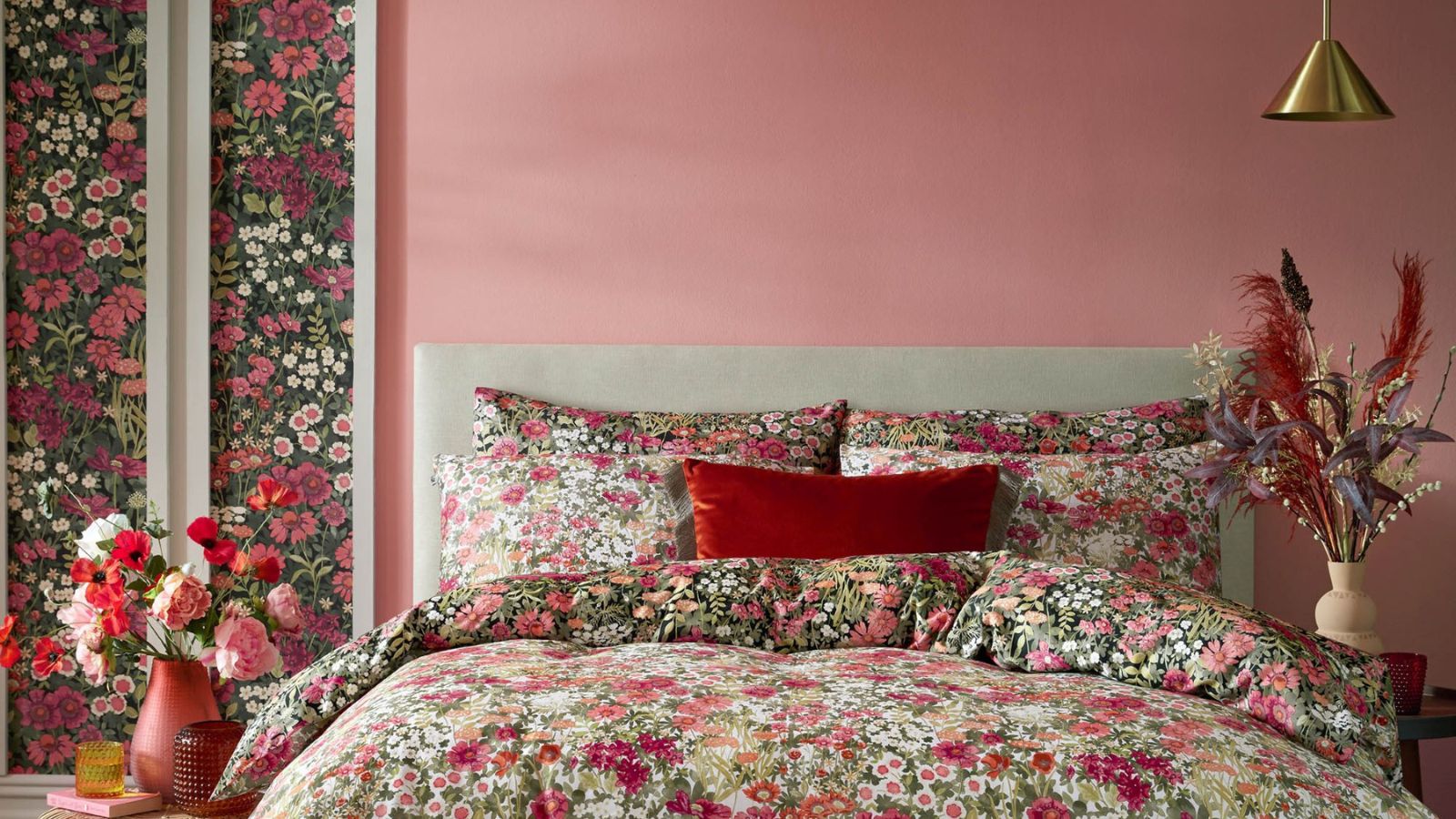 This simple closet swap doubled my cramped hanging space – professional organizers swear by it too
This simple closet swap doubled my cramped hanging space – professional organizers swear by it tooVelvet hangers have transformed my closet
By Eve Smallman Published
-
 I tried the 'GFD' basket tidying trick ahead of hosting – it was a last-minute clutter-busting savior
I tried the 'GFD' basket tidying trick ahead of hosting – it was a last-minute clutter-busting saviorThis quick clean-up fall-back saved my game night
By Chiana Dickson Published
-
 I tried the 'Reverse Decluttering' method – it made clearing clutter in my small home stress-free, speedy and guilt-free
I tried the 'Reverse Decluttering' method – it made clearing clutter in my small home stress-free, speedy and guilt-freeIt's a simpler way to cut clutter
By Chiana Dickson Published
-
 'They all feel chaotic’ – 6 things that make a room look really messy and what to do for an instant lift
'They all feel chaotic’ – 6 things that make a room look really messy and what to do for an instant liftEasily make your home less stressful by fixing these common faux pas
By Chiana Dickson Published
-
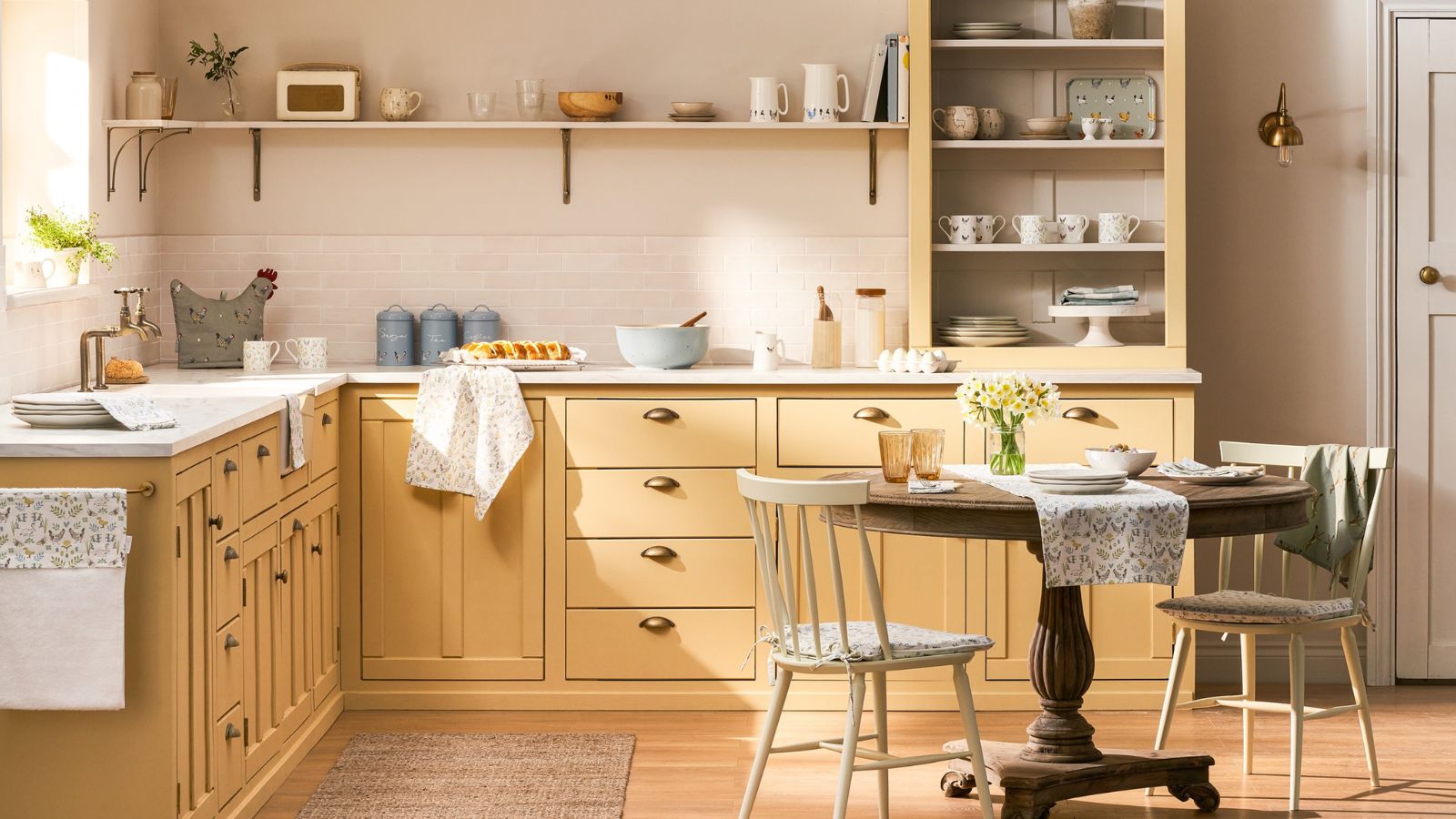 9 things you need to declutter in April 2025 – tossing these need-to-go items will maximize your space this spring
9 things you need to declutter in April 2025 – tossing these need-to-go items will maximize your space this springSay goodbye to winter clutter by clearing out lingering items
By Chiana Dickson Published